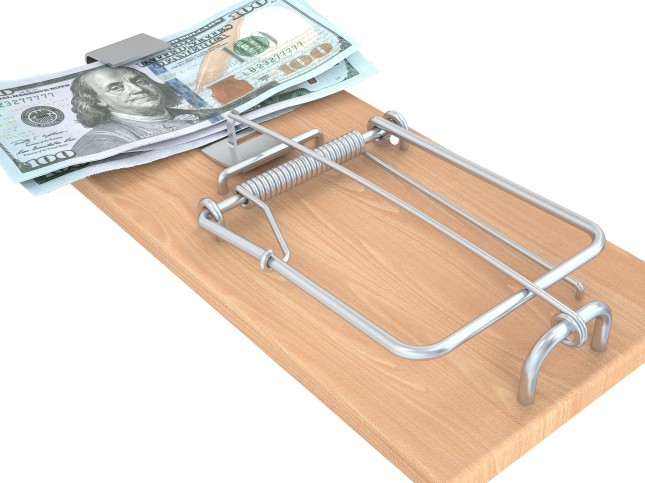Lean Communication: Reducing Waste
If value in lean communication is anything the listener wants or needs to hear, waste is any work or input that does not contribute to value. As anyone who has endured excruciatingly boring and unproductive meetings (i.e. you, me, and everyone else) can attest, there is waste everywhere in communication: excessive detail, self-serving “chest beating” about how great your company is, inaccuracies, long stories, ambiguous terms, meaningless clichés, etc. In fact, there is so much waste in communication that it would waste your time trying to list it all.
Waste has consequences. Lost time is the most obvious, and in today’s frenetic business world, none of us has much of it to spare for pointless blather. But the deeper and more costly consequence is that it prevents us from focusing on the essential and devoting enough time to making the right decisions based on the information we do glean from the mountain of extraneous words.
Don’t get too efficient
Waste can’t be eliminated from communication, nor should it be. I first titled this article eliminating waste, but decided that’s too crazy. In fact, trying too hard can be wasteful in itself. Hemingway achieved his lean writing style only by going through as many as twenty revisions, but we’renot striving for timeless literature—just effectiveness. The great thing about dialogue is that there is a lot of room for accommodation by both sides. Even if someone is not perfectly precise in what they’re saying, we usually get it. Good enough is usually good enough.
Besides, you need to have slack built into any conversation or presentation, because you can never anticipate exactly how the other party will react—what questions they will ask, information they might add, or perspective they might share. That said, here are some things you can do.
Countermeasures
First, realize that you don’t get to define what waste is; the recipient does. You may think that context is unnecessary because you know the background and the big picture, but the listener may need that context. You may think small talk is wasteful because it takes time away from the task, but the amiable listener may think it’s crucial to sizing you up. That means that the first step in reducing waste is to put yourself into the other’s shoes and see the situation from their point of view. How much do they already know? What’s the minimum they need or care about to use the information? Where are they in their buying or decision cycle?
Second, clearly identify the purpose of the conversation and then apply the Four-I Test: what’s integral to your purpose for the conversation; what’s important; what’s interesting; what’s totally irrelevant? Lead with the first, have the second ready as the conversation dictates, save the third for the discussion over a beer later on, and erase the fourth from your memory.
Third—if you have time and if it’s important enough—rehearse what you’ve prepared to say, preferably with a disinterested observer who can tell you what sounds confusing or ambiguous, spot gaps in our thinking, and tell you what makes them tune out.
Fourth, during the conversation or presentation, pay close attention to the listener’s reactions and be prepared to add or subtract, speed up or slow down as necessary. Let their reaction pull the appropriate information, as we will cover in the next article of this series.




